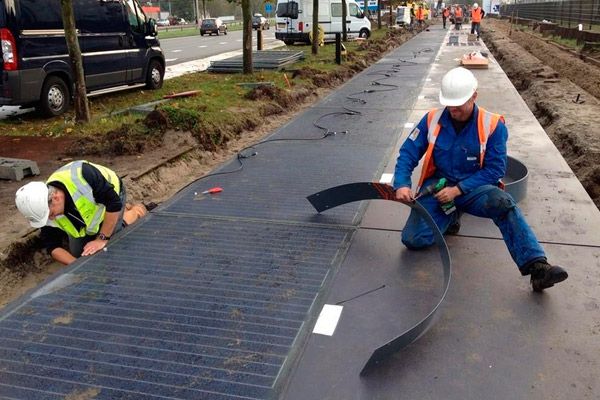
All iLive content is medically reviewed or fact checked to ensure as much factual accuracy as possible.
We have strict sourcing guidelines and only link to reputable media sites, academic research institutions and, whenever possible, medically peer reviewed studies. Note that the numbers in parentheses ([1], [2], etc.) are clickable links to these studies.
If you feel that any of our content is inaccurate, out-of-date, or otherwise questionable, please select it and press Ctrl + Enter.
Sweden is testing an electric road
Last reviewed: 02.07.2025

A 2-kilometer test section of an electric road was recently opened in Sweden, where electric cars will be able to connect to an overhead power grid system similar to that used for light rail transport. The electric road is located in the Swedish city of Sendviken on the E16 highway.
Sweden is one of the first countries to test electric roads, mainly for hybrid trucks. The Swedish government intends to switch to fully electric transport within 15-20 years.
The electric road system is designed similarly to the light rail system and allows trucks to operate on such a road using electricity, which is usually used in electric vehicles, while on a normal section of the road the internal combustion engine is connected (i.e. a hybrid vehicle).
Hybrid trucks on the electric road section use energy produced by a pantograph (current collector on electric locomotives) connected to the overhead electric grid. One of the obvious advantages of the electric road is the use of environmentally friendly energy by cars and the reduction of harmful emissions into the atmosphere. In addition, on such a section of the road there is no need to stop for recharging.
According to one of the representatives of the road electrification company, such a system will allow significant savings on fuel in the future, and the widespread use of electric roads will allow us to completely abandon fossil fuels and achieve zero emissions of carbon dioxide into the atmosphere. Lena Eriksson, General Director of the Transport Management Department, noted that electric roads will allow the development of environmentally friendly cars in the already used road network, and will also help complement the current railways.
The overhead power grid rises above the road by more than 5 meters, a current collector is placed on the roof of the truck, supplying 750 volts of electric current to the hybrid electric system, the electric conductor is automatically connected to the overhead power grid at a speed of 90 km/h. Also on the test section of the electric road there are tables to support the power lines above the traffic lane, the distance between them is 60 meters.
The trial period of the new electric road will last 2 years, as a result of which data on the operation of such a road system will be recorded and the possibilities of widespread use of this technology in the future will be considered.

The Swedish government is aiming to reduce the amount of fossil fuels used and plans to switch completely to electric vehicles in 15-20 years – this is the goal behind the new experiment with electric roads. In addition, the transition to electric transport will allow Sweden to become more competitive.
The new project is being financed by the Swedish Transport Authority, the Energy Agency. Siemens and Scania, which also developed the conducting technology, have participated in investing in the project.
